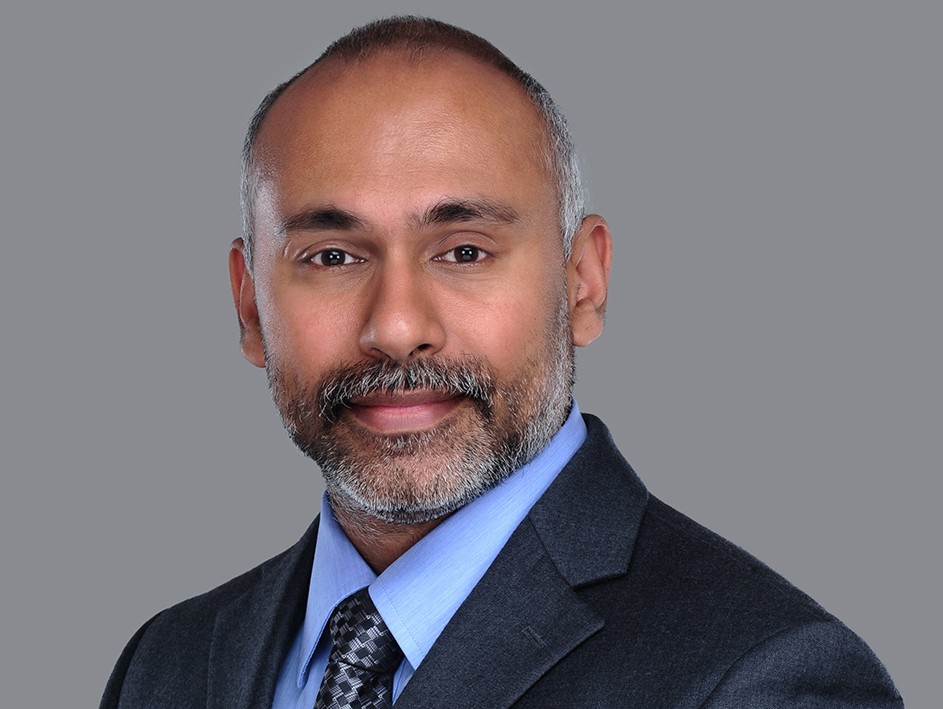We have arrived at the start of the last month of an eventful year.
During December last year, I wrote Another Year…Questions To Reflect On…. Those questions are still worth revisiting.
While thinking about my December post for this year, I wanted to touch something that is very relevant and would connect my personal observations to things happening around the world.
Many intense social media discussions involving individuals around the world with diverse, many times contradictory and conflicting perspectives came to the forefront this year. Social media and the increasingly digital world have given everyone a voice. It was not the differing perspectives that stood out for me but rather the quality of (or lack of) open debate or conversation and the increasing reliance on flimsy information.
While mobile devices, access to the internet, information and social media have become prevalent, one thing that is noticeable is the ease and quickness with which many of us (irrespective of whether we are from the developing or developed world) can be misguided. Is the reading habit overall on the decline? What or who influences our perspectives and points of view?
Recognition of quality sources of information seems to be a challenge. Many jump to quick conclusions and fail to do a secondary search or verification, think deeper of what they have seen or heard before developing a point of view. There seems to be a danger of a substantial number of us being misguided, ignorant or unaware. Companies like Google and Facebook seem to be getting serious about finding and taking out false news in their networks. There seems to be too much ‘noise’ that seems to win attention many times, even in the networks of LinkedIn.
The ability to discern quality among the big waves of information that we come across will become a distinguishing and important skill.
To help ourselves from falling into these traps and developing a healthy point of view, consider three simple points while navigating through what we see or hear in today’s world.
- Seek quality information always and try to see if there are inherent conflicts of interest for whoever is sharing it.
- Always review the relevance, experience, expertise of the author or content provider with regards to the topic and the source of your information. Look at the history, background, consistency, credibility and trust factor for your source.
- Use more than one source of information before concluding on your point of view. Even a minor difference in perspective could enrich the quality of your thinking and point of view.
This approach requires exercising more patience, a curious mindset and openness before finalizing your point of view on any topic and it is well worth the effort. Perhaps, it is high time that this awareness starts from the education system itself.
As a professional in any area, do remember that your perspectives and thoughts show up in your actions, work and life and personal brand. Are they worth your consideration?
“But I think that no matter how smart, people usually see what they’re already looking for…” – Veronica Roth, Allegiant (Goodreads)













Recent Comments